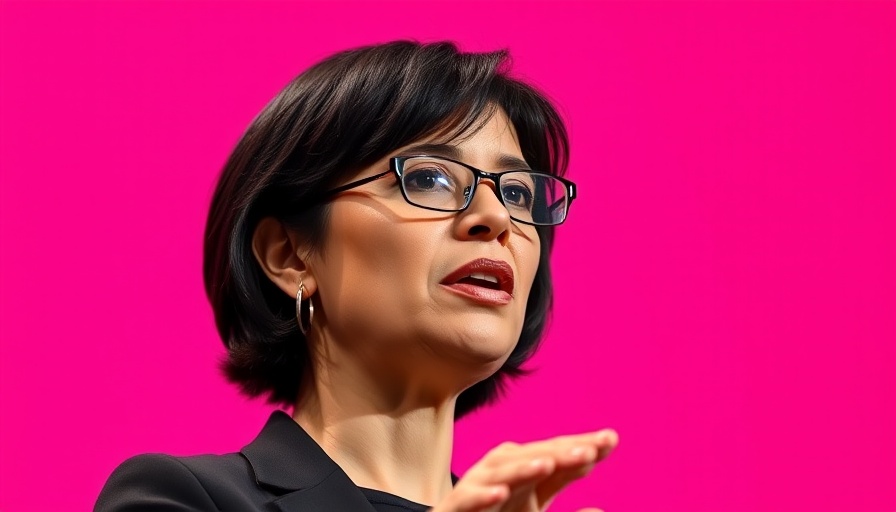
Redefining Connection in a Digital Age
In an increasingly digital world, dating apps have become a lifeline for many searching for connection, especially among the socially conscious Gen Z. The Chief Marketing Officer of Hinge, Jackie Jantos, is keen on changing the narrative around dating platforms. Aiming to reduce the loneliness prevalent in younger generations, Jantos explains, "This generation has grown up with a deep understanding of how digital experiences are created and what they are trying to get out of them." This is refreshing in a cultural landscape where ghosting and superficial interactions have become commonplace.
The Human Element of Dating Apps
As companies navigate through a competitive dating landscape, the emphasis is shifting toward human connections and meaningful interactions. This is particularly important for Gen Z users, who value authenticity and transparency. Jantos mentions the necessity of building inclusivity into product development, stating, "If you’re not building with inclusion at the center of everything, you’re just not going to build a meaningful product or marketing activation to engage them.” The alignment of these principles with user values presents an opportunity for Hinge to differentiate itself from others like Tinder and Bumble, which are struggling with stagnant growth.
Combatting Loneliness Through New Features
To address the challenge of maintaining meaningful conversations, Hinge has introduced innovative features, such as limiting the number of chats a user can have at one time. According to Jantos, this is designed to encourage users to focus on quality over quantity in their interactions. "We want to encourage people to close out chats if you’re not interested in someone," she adds, emphasizing the importance of fostering genuine dialogue. Additionally, the introduction of coaching features will guide users in enhancing their profiles, making it more likely that connections lead to actual dates.
The Market Landscape and Hinge's Position
In the competitive environment of dating apps, Hinge appears to be holding its own. The Q1 2025 report from Match Group indicates that Hinge has seen an increase in direct revenue and healthy download numbers in key markets. This suggests that while users may be disillusioned with dating apps, they are still seeking spaces that promote real interactions.
Setting the Trend for Future Innovations
As Hinge's branding revolves around facilitating deeper connections amidst a backdrop of increasing isolation, this approach may set a precedent for how future dating apps develop their platforms. The focus on user engagement and inclusivity could lead to trends that prioritize mental well-being and emotional support, striking a chord with Gen Z's demand for authentic experiences.
Looking Ahead
The future of dating apps—much like many trends in the tech industry—will largely depend on their ability to adapt to and resonate with evolving user preferences. As loneliness becomes a pressing concern for younger generations, platforms like Hinge that aim to create genuine connections could not only thrive but also reshape the landscape of online dating. It’s a fascinating moment of transformation that invites other businesses to reflect on how they can create value for a socially conscious audience.
As we witness these changes unfold, reflecting on the importance of connection in our digital lives is critical. For those interested in the future of technology and its social implications, Hinge's journey provides not just insights but also a call to action for businesses aiming to improve user experiences. Stay informed on trends like this by following the latest tech news, as innovations in the dating app landscape could signal broader shifts in tech culture.
 Add Row
Add Row  Add
Add 



Write A Comment